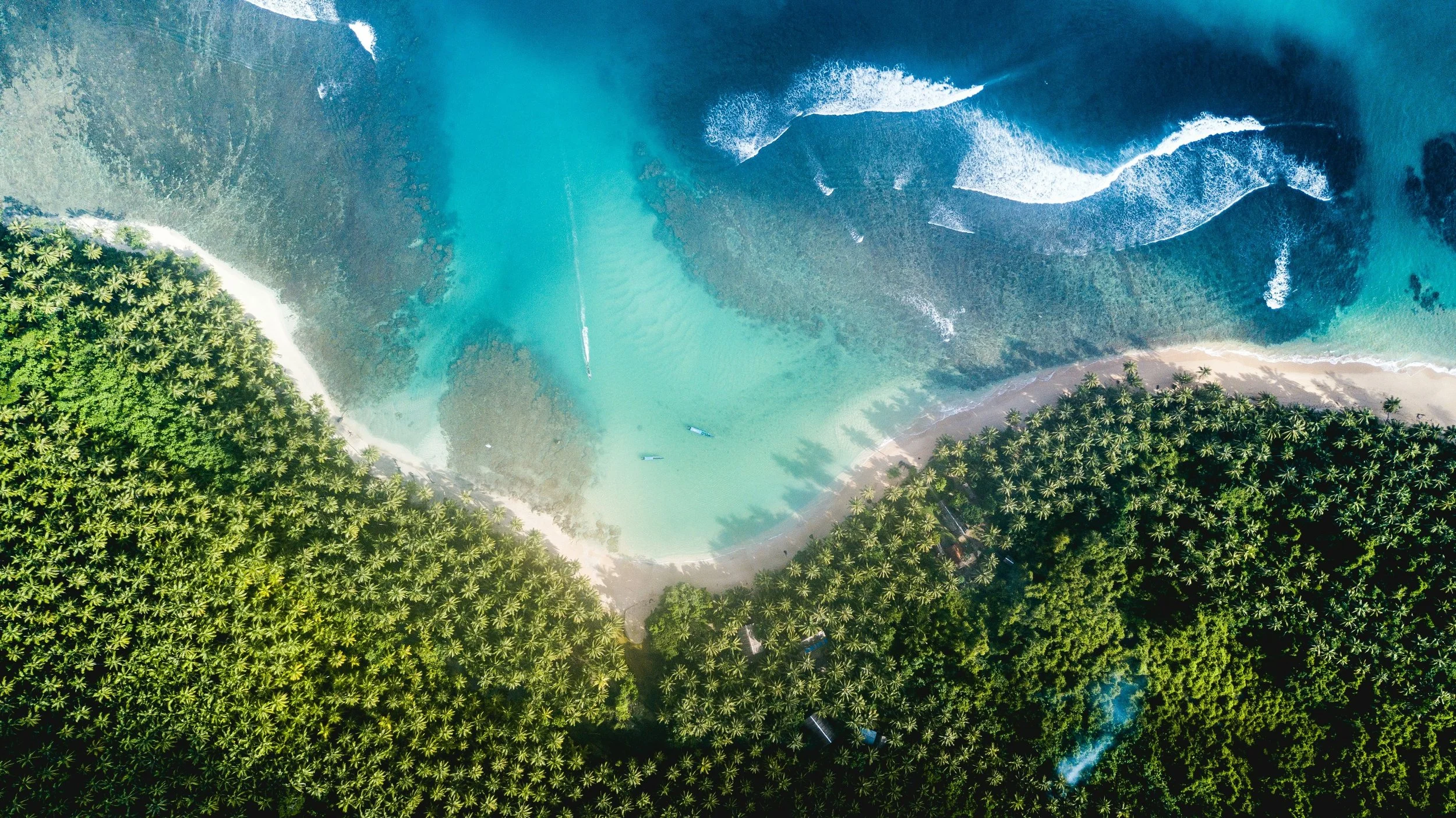Coexistence Celebrated: Scholarship, Sound and the Power of Immersive Spaces
By Safina Center Fellow Priya Parrotta
At the crossroads of land and sea. ©James Donaldson, via Unsplash
Over the course of the past couple of decades—since I was about thirteen years old—I have spent a great deal of time in Washington DC’s many gallery spaces and exhibition halls. Being able to do so has always seemed to me a true gift: to be able to wander, observe, and ask quiet questions about humanity’s myriad artistic and cultural heritage(s). In the process, I have developed a deep wonder and gratitude for spaces that celebrate multiculturalism, and immerse visitors in a vision of a more harmonious world.
Several exhibitions made a particularly profound impact upon me. In the mid-2000s, as politicians several blocks away spearheaded the unspeakable destruction of land and art in Afghanistan, the National Gallery of Art hosted an exhibition celebrating the region’s key role in the Silk Road. More recently, the National Museum of African Art opened a show on trade across the Indian Ocean, with particular emphasis on the cultural and artistic exchanges in and around Zanzibar. While the practices of museums have very justifiably been the subject of criticism in recent years, I nevertheless find hope in the histories such exhibits focus upon. They make me feel that, despite so much evidence to the contrary, it is possible for humans to coexist. They have also seeded in me a curiosity about the connections between cultural coexistence and environmental coexistence—in other words, the ways in which living in peace with each other, and living in peace with the more-than-human world, are (or are not) linked.
As both supporters and critics of contemporary globalization consistently point out, we humans are, technologically and economically speaking, linked in unprecedented ways. Yet the vast majority of those connections have, to a horrifying degree, exacerbated the violence which we inflict upon the planet and our fellow living beings. Given that this is the case, is it possible for us to connect in ways which deepen, rather than undermine, environmental consciousness and responsibility?
This is a question which I have asked and sought to answer, piece by piece and from multiple angles, over the course of my career thus far. In my first book, I explored how creative approaches to environmental stewardship have emerged out of the solidarities formed by people of diverse ancestries in the Caribbean. My second manuscript investigates the role of music in fostering environmental consciousness across borders, with a particular focus on dialogue between people living on tropical islands. And my current research project examines, through an extensive study of turn-of-the-century newspaper archives, how relations of reciprocity in the coastal neighborhood of Waikīkī were fractured as a small group of commercial elites created the beach tourism industry.
Similarly, as a musician, my intention has been to convey messages about our current environmental moment in ways that resonate across borders. My songs draw upon musical influences from around the world, and express environmental critiques, hopes, and calls to action in ways that resonate across geographical, cultural and social divides. Music is my way of practicing what I believe is an essential aspect of contemporary environmentalism: affirming that our shared ethic of care for the Earth is vastly stronger than the divisions and discord which have been actively promoted by the self-serving powers that be. I wish to, through sound, model the ways in which we can utilize our immense variety to serve, rather than hurt, the nonhuman beings with whom we share this planet. Examples of this work include Wayfinder, a fusion album celebrating the world’s oceans; international protest songs like Frontline; and Anima (which was the subject of my previous blogpost).
As I’ve undertaken these scholarly and artistic inquiries, I’ve retained a love for immersive spaces, and a hope that one day, I would be able to create an immersive experience based upon what I have come to learn about coexistence. The Safina Center has helped me to make that wish a reality. With their support, I’ve spent the past few months creating a show called VIVA, which will debut next week at the World Congress of the International Union of Forest Research Organizations in Stockholm. VIVA features multicultural soundscapes, multilingual lyrics, and sweeping visuals of our Earth. Together, these elements celebrate the ways in which cultural and biological diversity have been, and can be, mutually constitutive of each other. In a world which in many ways is becoming more polarized and conflictual, I am very grateful for communities like this one, which maintain that, for all of the pain and violence which we inflict upon the Earth and each other, beauty and knowledge have the power to inspire (to end with a cliché I actually love) world peace.

